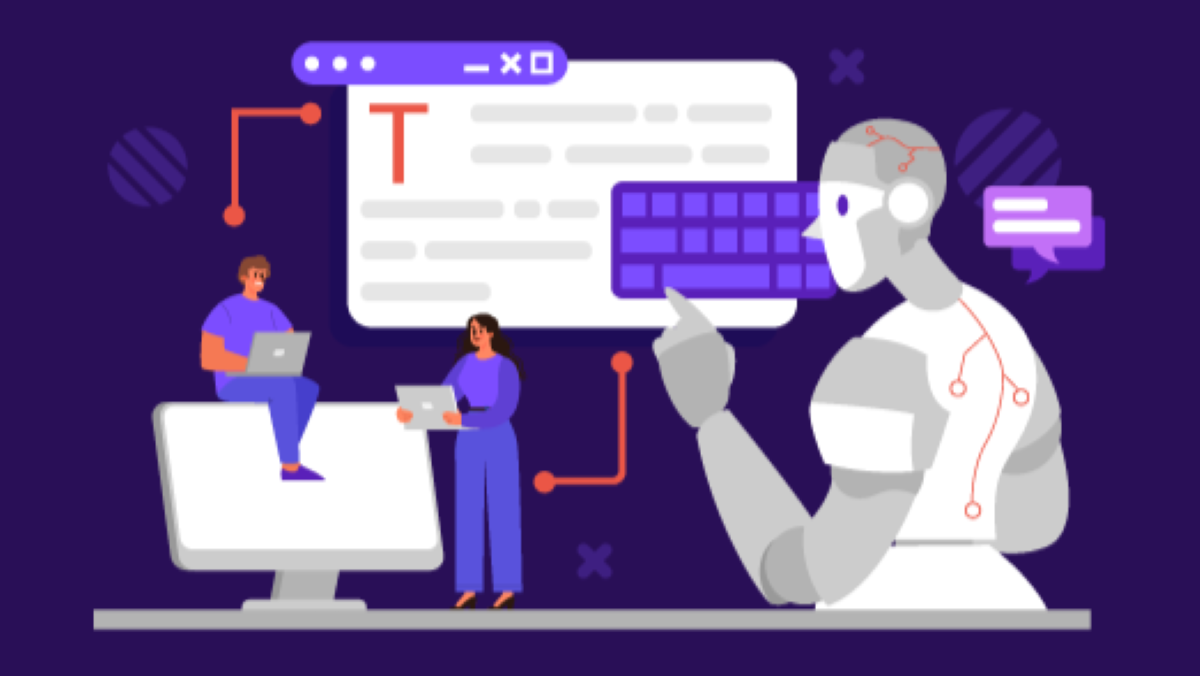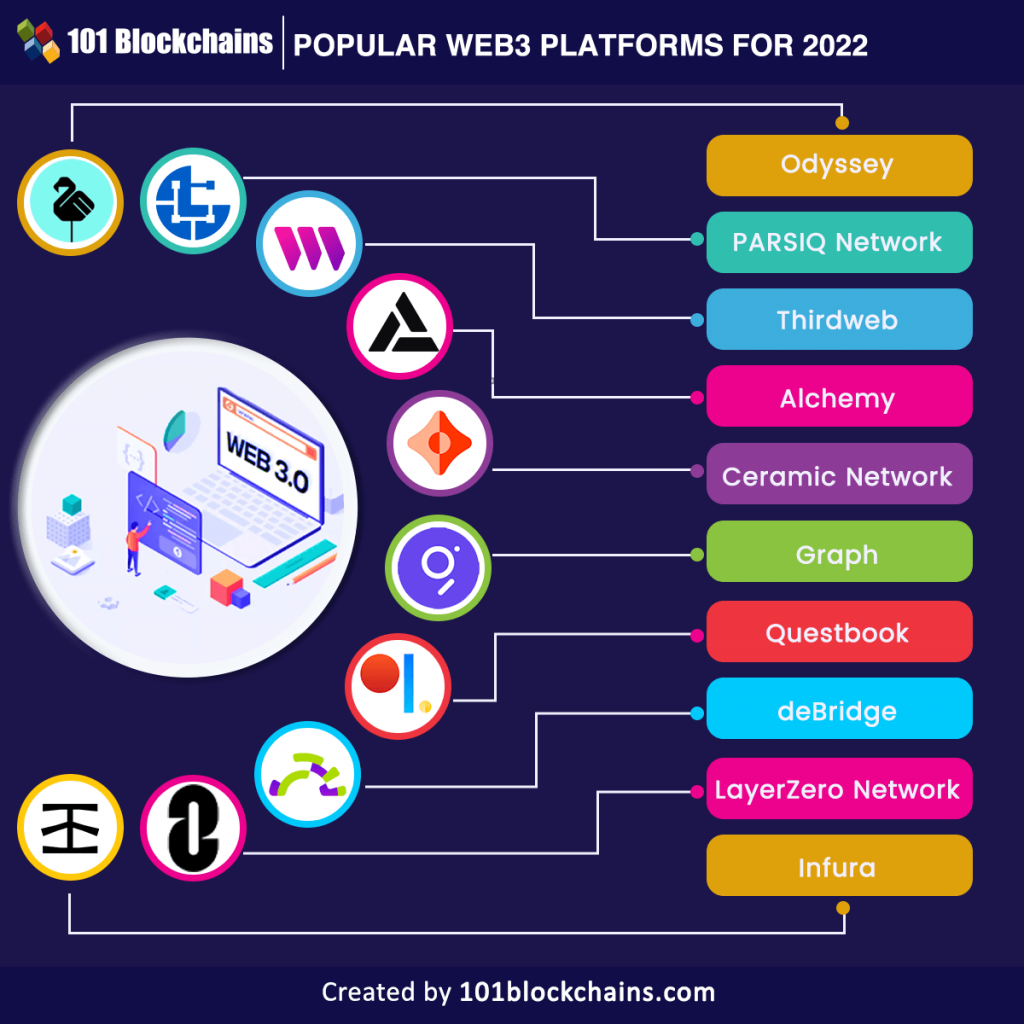
Generative AI: Unleashing the Power of Algorithms to Create Content
In a world brimming with digital information, content is king. From blog posts and social media updates to captivating images and immersive videos, the demand for fresh, engaging content is insatiable. But what if there was a way to accelerate this creation process, to generate high-quality content at scale, without sacrificing creativity or originality? Enter Generative AI – a revolutionary technology that is transforming how we think about content creation.
This long-form article will dive deep into the world of Generative AI, explaining what it is, how it works, and its incredible potential for anyone looking to produce compelling content with the power of algorithms.
What Exactly is Generative AI? (And Why is it Different?)
Imagine an artist who doesn’t just copy what they see, but creates something entirely new based on everything they’ve learned about art. That’s a good analogy for Generative AI.
At its core, Generative AI is a type of artificial intelligence that can produce original content. Unlike traditional AI, which might be programmed to recognize patterns or make predictions (like identifying spam emails or recommending products), Generative AI models are trained to generate new data that resembles the data they were trained on, but isn’t an exact copy.
Think of it this way:
- Traditional AI: "This is a cat." (Identifies) or "People who bought this also bought that." (Predicts)
- Generative AI: "Here’s a brand new picture of a cat you’ve never seen before," or "Write a poem about a cat on a moonlit night." (Creates)
This capability to create is what makes Generative AI so groundbreaking. It’s not just automating tasks; it’s extending human creativity and productivity in unprecedented ways.
How Does Generative AI Work? A Simplified Look Under the Hood
While the underlying technology can be complex, the basic process of how Generative AI works can be broken down into a few key steps:
-
Training Data: The AI’s Classroom
- Generative AI models, especially Large Language Models (LLMs) for text or image generators for visuals, are "trained" on enormous datasets.
- For text, this means billions of words from books, articles, websites, and more.
- For images, it’s millions of pictures with descriptions.
- This vast amount of data is like the AI’s entire education – it learns grammar, facts, writing styles, artistic techniques, and the relationships between words and concepts.
-
Learning Patterns: Finding the Rules
- During training, the AI uses sophisticated algorithms (often based on neural networks, which loosely mimic the human brain) to find patterns, structures, and relationships within the data.
- It learns not just what words or pixels appear together, but how they combine to form coherent sentences, logical paragraphs, or aesthetically pleasing images.
- It understands context, tone, style, and even subtle nuances.
-
The "Prompt": Your Instructions
- Once trained, the AI is ready to generate content. This is where you come in!
- You provide a "prompt" – a specific instruction or question that tells the AI what you want it to create.
- Prompt engineering is the art and science of crafting effective prompts to get the best possible output from the AI. The more precise and clear your prompt, the better the result.
-
Generation: Creating Something New
- Based on your prompt and its learned patterns, the AI then predicts what the most probable next word, pixel, or sound should be, building the content piece by piece.
- It doesn’t copy directly; it generates new combinations of data that fit the patterns and context it has learned, resulting in genuinely original output.
The Magic of AI in Content Creation: Real-World Applications
Generative AI isn’t just a futuristic concept; it’s already being used across various forms of content. Here’s a look at its diverse applications:
1. Text Content Generation (The Rise of AI Writers)
This is perhaps the most well-known application, driven by powerful LLMs like OpenAI’s GPT series, Google’s Bard/Gemini, and others.
- Blog Posts & Articles: AI can draft outlines, write entire sections, or even complete articles on a given topic, significantly speeding up the writing process for content marketers, bloggers, and journalists.
- Marketing Copy: Crafting compelling headlines, ad copy, social media posts, and email newsletters becomes much faster with AI assistance. It can generate multiple variations for A/B testing.
- Product Descriptions: E-commerce businesses can generate unique and engaging descriptions for thousands of products in minutes, improving SEO and sales.
- Scripts & Storytelling: AI can assist screenwriters with plot ideas, dialogue, or even full short stories.
- Customer Service & FAQs: Automating responses to common customer queries and generating comprehensive FAQ sections.
- SEO Content: AI can help generate content optimized for specific keywords, meta descriptions, and title tags, helping websites rank higher in search results.
2. Image & Art Generation (From Text to Visuals)
Tools like Midjourney, DALL-E, and Stable Diffusion allow users to create stunning visuals from simple text prompts.
- Unique Illustrations & Art: Artists and designers can generate unique artwork, abstract pieces, or specific illustrations for books, websites, or personal projects.
- Marketing Visuals: Create custom images for social media campaigns, advertisements, and website banners without needing a stock photo subscription or extensive design skills.
- Concept Art & Design: For product designers or architects, AI can quickly generate various conceptual designs based on initial ideas.
- Backgrounds & Textures: Need a specific texture or a unique background for your project? AI can generate it in seconds.
3. Audio Content Generation (The Sound of AI)
From voiceovers to musical compositions, AI is making waves in the audio world.
- Voiceovers & Narration: AI can generate realistic human-like voices in various tones, languages, and accents for podcasts, audiobooks, explainer videos, and interactive voice response (IVR) systems.
- Music Composition: AI can compose original music pieces in specific genres, moods, or for particular purposes (e.g., background music for videos, jingles).
- Sound Effects: Generate custom sound effects for games, films, or multimedia projects.
4. Video Content Generation (The Moving Picture)
While still in its early stages compared to text and image generation, AI is beginning to make inroads into video creation.
- Short Clips & Animations: Generate short animated clips or simple explainer videos from text prompts or existing images.
- Avatar-Based Videos: Create videos with AI-generated avatars that speak your script, ideal for news summaries or social media updates.
- Automatic Editing & Post-Production: AI can assist with tasks like cutting footage, adding transitions, and color grading, speeding up the video editing workflow.
The Undeniable Benefits of Using Generative AI for Content
Why should you consider integrating Generative AI into your content strategy? The advantages are compelling:
- Massive Efficiency & Speed: Generate content in minutes or seconds that would typically take hours or days for a human to create. This is crucial for businesses needing to produce large volumes of content.
- Scalability: Easily scale up your content production without proportionally increasing your team size or budget.
- Cost-Effectiveness: Reduce the need for extensive freelance budgets or large in-house teams, especially for repetitive content tasks.
- Overcoming Creative Blocks: Stuck on an idea? AI can provide a fresh perspective, generate multiple angles, or kickstart your brainstorming process, helping to overcome "writer’s block" or "designer’s block."
- Enhanced Creativity: By handling the mundane or initial drafting, AI frees up human creators to focus on higher-level strategy, refinement, and injecting truly unique insights. It acts as a powerful co-pilot.
- Personalization at Scale: Generate highly personalized content for individual users or specific audience segments, leading to more engaging experiences and better conversion rates.
- Multilingual Content: Instantly translate and adapt content into multiple languages, opening up new global markets.
- SEO Optimization: AI tools can help generate content that is naturally rich in keywords, structured for readability, and optimized for search engine visibility, leading to better organic traffic.
Getting Started with Generative AI: A Beginner’s Guide
Feeling inspired? Here’s how you can begin your journey with Generative AI:
-
Choose Your Tool:
- For Text: ChatGPT, Google Bard/Gemini, Jasper AI, Copy.ai, Writesonic. Many offer free tiers or trials.
- For Images: Midjourney, DALL-E 2, Stable Diffusion (can be run locally), Leonardo.ai.
- For Audio/Video: ElevenLabs (voices), Descript (audio/video editing with AI features), RunwayML (video generation).
- Start with a user-friendly web-based tool.
-
Learn the Art of Prompt Engineering:
- This is the most critical skill. Don’t just say "Write an article."
- Be Specific: "Write a 500-word blog post about the benefits of remote work for small businesses, focusing on increased productivity and reduced overhead. Use a friendly, informative tone and include a call to action."
- Define Tone & Style: "Write a witty social media caption," or "Use a formal, academic tone."
- Specify Format: "Generate a bulleted list," "Write a poem in haiku form."
- Provide Context: Give the AI background information relevant to your request.
-
Iterate and Refine:
- Your first output might not be perfect. That’s normal!
- Ask the AI to "refine this paragraph," "make it shorter," "add more details about X," or "try a different tone."
- Think of it as a conversation.
-
Always Add the Human Touch:
- Generative AI is a powerful assistant, not a replacement.
- Fact-Check: AI can "hallucinate" (make up facts). Always verify information.
- Edit & Polish: Review for accuracy, tone, brand voice, and originality. Inject your unique perspective and creativity.
- Ensure Originality: While the output is technically "new," always ensure it aligns with your brand’s unique voice and avoids any unintended similarities to existing content.
Important Considerations and Ethical Questions
While the potential of Generative AI is immense, it’s crucial to approach it with awareness and responsibility.
- Accuracy and "Hallucinations": AI models can sometimes generate plausible-sounding but incorrect or fabricated information. Always fact-check critical details.
- Bias: AI models learn from the data they’re trained on. If that data contains biases (e.g., gender, racial, cultural), the AI can inadvertently perpetuate or amplify those biases in its output.
- Originality and Plagiarism: While AI generates "new" content, questions around copyright, true originality, and potential for unintentional similarities to existing works are ongoing. Always review and add your unique spin.
- Job Displacement vs. Augmentation: While some fear job losses, the more realistic scenario is that Generative AI will augment human capabilities, changing job roles rather than eliminating them entirely. New roles like "prompt engineer" and "AI content editor" are emerging.
- Ethical Use: It’s vital to use Generative AI responsibly, avoiding the creation of harmful, misleading, or discriminatory content. Transparency about AI-generated content is also a growing concern.
- Environmental Impact: Training and running large AI models require significant computational power and energy, raising concerns about their environmental footprint.
The Future of Generative AI in Content Creation
The Generative AI landscape is evolving at a breathtaking pace. What we see today is just the beginning.
- More Sophisticated Models: Future models will be even more nuanced, capable of understanding complex prompts, maintaining long-form coherence, and integrating diverse content types seamlessly.
- Hyper-Personalization: AI will enable content experiences tailored to individual users on an unprecedented scale, from dynamic website layouts to personalized news feeds and educational materials.
- Seamless Integration: Generative AI will become an invisible layer within our everyday tools – word processors, design software, marketing platforms – making content creation an intuitive, integrated process.
- Human-AI Collaboration: The emphasis will shift further towards human-AI collaboration, where AI handles the heavy lifting of generation, and humans provide the strategic direction, creative oversight, and ethical judgment.
- New Creative Horizons: AI will unlock entirely new forms of creative expression and content, pushing the boundaries of what’s possible in art, entertainment, education, and communication.
Conclusion: Your Content Future, Powered by Algorithms
Generative AI is not just a technological fad; it’s a fundamental shift in how we approach content creation. By understanding its capabilities and limitations, embracing its power responsibly, and committing to the vital human oversight it requires, individuals and businesses can unlock unprecedented levels of efficiency, creativity, and reach.
Whether you’re a blogger, marketer, artist, educator, or simply someone looking to communicate more effectively, Generative AI offers a powerful set of tools. It’s time to explore, experiment, and integrate these intelligent algorithms into your content workflow. The future of content isn’t just human-made or machine-made; it’s a dynamic, collaborative synergy between both, where algorithms unleash new possibilities for human creativity.
Suggested Meta Description: Explore Generative AI and its power to create content with algorithms. Learn how AI generates text, images, audio & video, its benefits for efficiency & creativity, and how beginners can start.
Keywords for SEO: Generative AI, AI content creation, content generation, algorithms, machine learning, natural language processing (NLP), AI tools, AI writers, AI art, AI music, prompt engineering, SEO content, content marketing, digital content, Large Language Models (LLMs), DALL-E, ChatGPT.



Post Comment